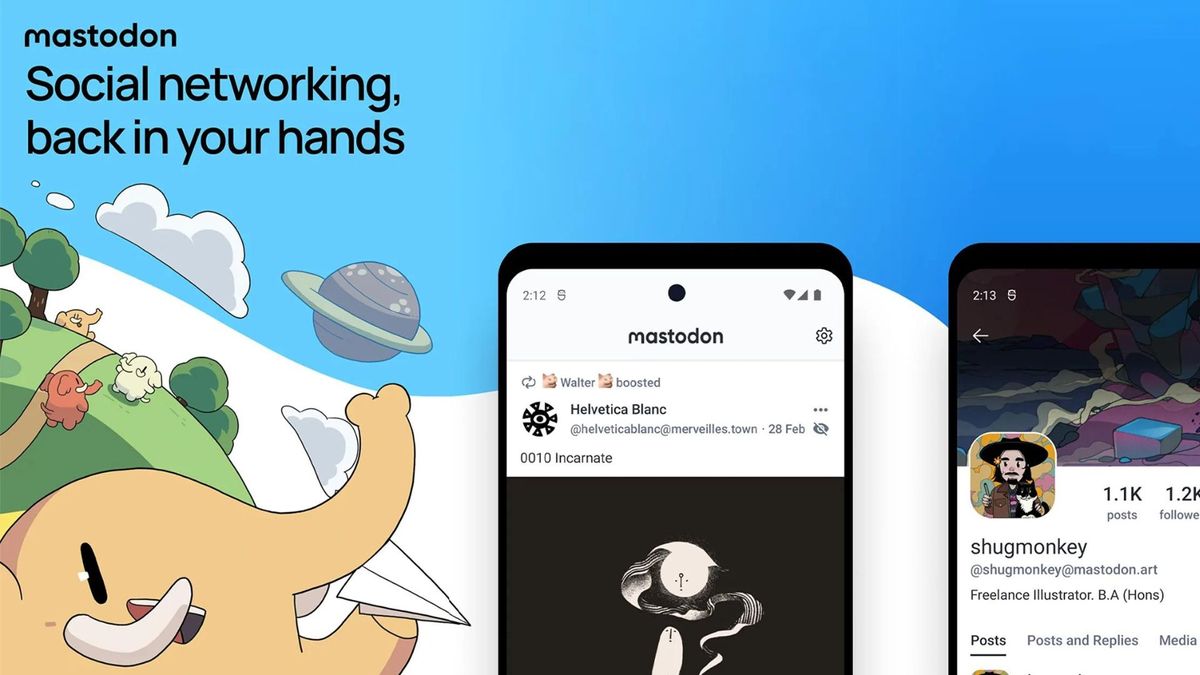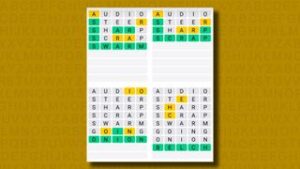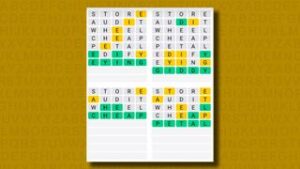
In the wake of Elon Musk’s official takeover of Twitter, rival social media platform Mastodon has emerged as the new platform of choice for the legions of people looking to flee Musk’s version of Twitter for greener pastures.
Some 70,000 new users joined Mastodon in the day immediately following Musk’s assumption of the Twitter reins. No doubt Mastodon being designed to specifically disallow primary control of its platform by eccentric billionaire types like Elon Musk is one element of the attraction. But beyond the numbers and the PR talking points, what is Mastodon – and is it really the best Twitter alternative out there?
On paper, Mastodon is an open source, decentralized social media platform that functions very similarly to Twitter. You’ll find comparable microblogging features and can make posts up to 500 characters – referred to as ‘toots’ instead of ‘tweets’, which is objectively amusing. There are, however, some clear ways in which Mastodon differs from Twitter which help it stand out. The most prominent of these is how the platform’s servers operate.
Choose your point of entry
When signing up to Mastodon for the first time, you’ll find yourself being asked to select a server. You can choose from broad country-based servers like ‘Australia’ (aus.social), or more local regional servers like ‘San Francisco’ (sfba.social), or servers based around more specific interests/communities like the LGBTQ+ friendly mastodon.lol. From a user perspective, there’s no concrete difference between which server you choose, so opting for something in your geographical vicinity makes the most sense.
Mastodon itself describes this server process as being similar to email; for example, while your email domain might be Gmail, Hotmail, Outlook or whatever else, you are nonetheless able to email anybody, anywhere.
Where Mastodon’s decentralized design does have an effect is in redundancy and network resilience. While Twitter offers one central privately owned domain – twitter.com – for users to access its service, Mastodon’s disparate and independent servers work in concert with each other to keep the network alive.
The founders and developers behind Mastodon consider this one of the platform’s key selling points. Without centralized control, they argue, the platform is protected against serving the singular interests of specific people or businesses. Mastodon also argues that this makes the platform more cost-effective – meaning it doesn’t need to worry about monetisation or profitability.
A long way from critical mass
Still, if you’re hoping to follow your favourite celeb or influencer on Mastodon, you might find it tough… for now. Unsurprisingly, popular Twitter users with sizeable followings seemingly aren’t in a rush to abandon the platform yet, although a small trickle that includes Grey’s Anatomy creator Shonda Rhimes, actress Tea Leoni and singer Sara Bareilles have recently announced their departures from the bird site.
Nonetheless, if Elon Musk continues to make contentious changes to Twitter, it might only be a matter of time before your faves make the switch and start tooting to their heart’s content.





